L’armoire de congélation à l’azote liquide utilise de l’azote liquide comme réfrigérant pour congeler directement les aliments. Le principe de la congélation à l’azote liquide consiste à pulvériser de l’azote liquide à basse température directement sur les aliments. Cette méthode tire parti de la basse température (-196°C) obtenue grâce à la vaporisation de l’azote liquide à la pression atmosphérique et au coefficient d’échange thermique élevé grâce à la vaporisation directe à la surface du matériau. Ce processus congèle rapidement et profondément les aliments. Actuellement, La méthode de congélation à l’azote liquide est largement utilisée dans diverses applications, y compris les fruits de mer, poisson entier, galettes de viande, Viande en portions, Fruits et légumes transformés, hamburgers, ainsi que le durcissement de la crème glacée.
Le congélateur rapide à l’azote liquide de type armoire est équipé de plusieurs plateaux en acier inoxydable. L’azote liquide est pulvérisé directement sur la surface du matériau à travers des buses. Le matériau subit une congélation rapide en échangeant de la chaleur avec de l’azote gazeux à basse température par agitation induite par ventilateur sur le plateau. L’azote gazeux vaporisé à basse température est expulsé par l’orifice d’échappement. Pour la congélation 1 kg de nourriture, La consommation d’azote liquide varie entre 0.3-1 Kg. En raison du temps de congélation court et de la dépendance à l’échange de chaleur par vaporisation directe avec de l’azote liquide, La consommation sèche de produits surgelés est nettement inférieure à celle des méthodes utilisant le refroidissement par air.
- Détails du produit
- Fonctionnalités
- Application
- Enquête
1.Support de matériau: Mobile et réglable 304 Support en matériau en acier inoxydable avec système de circulation.
2.Système de réfrigération: Système de réfrigération par vaporisation d’azote liquide, Double contrôle de la température de la vanne électromagnétique, Réfrigération à circulation à double ventilateur à fréquence variable.
3.Isolation: La couche isolante se compose d’une couverture isolante en aérogel et d’une isolation en mousse de polyuréthane, d’une épaisseur de 160 mm, offrant d’excellentes performances d’isolation et de sécurité.
4.Système: Utilise un système de pulvérisation d’azote liquide en circulation importé d’Allemagne.
5.Circulation de refroidissement de l’air: Ventilateur haute puissance avec ventilateur à flux axial renforcé, Vitesse du vent réglable, Assurer une congélation rapide et uniforme.
6.Système de contrôle: Écran tactile + Système de contrôle automatique de programme PLC, Saisie conviviale, Contrôle intuitif et fiable, avec fonctions de surveillance de la température et d’alarme, pour assurer la sécurité.
7.Entretien: Le bas de l’équipement est équipé d’une sortie de drainage pour un nettoyage et un entretien faciles, Conçu pour la longévité avec peu de matériaux consommables.
Fruits de mer: Divers produits de la mer, crus et cuits, Crustacés et crustacés décortiqués, Diverses tranches de poisson, Fruits de mer à carapace molle, sushi, etc.
Volaille et viande: Découper, Tranché, ou produits en lanières de volaille et de viande crues ou cuites.
Fruits: Fraises, ananas, Papayes, Mangues, Longanes, durians, Litchis, tous coupés en dés, Tranché, ou fruits entiers.
Légumes: Légumes coupés en dés ou en tranches, grains de maïs sucré, Haricots frais, gousses de pois, herbe (comme les épinards surgelés).
Produits laitiers et céréaliers: Pâtisseries, Pâtes emballées individuellement, Blocs de tofu, peau de tofu, etc.
Prev: Congélateur rapide en spirale
Prochain: Tunnel de congélation à l’azote liquide

 Fournisseur de solutions de transformation des aliments
Fournisseur de solutions de transformation des aliments
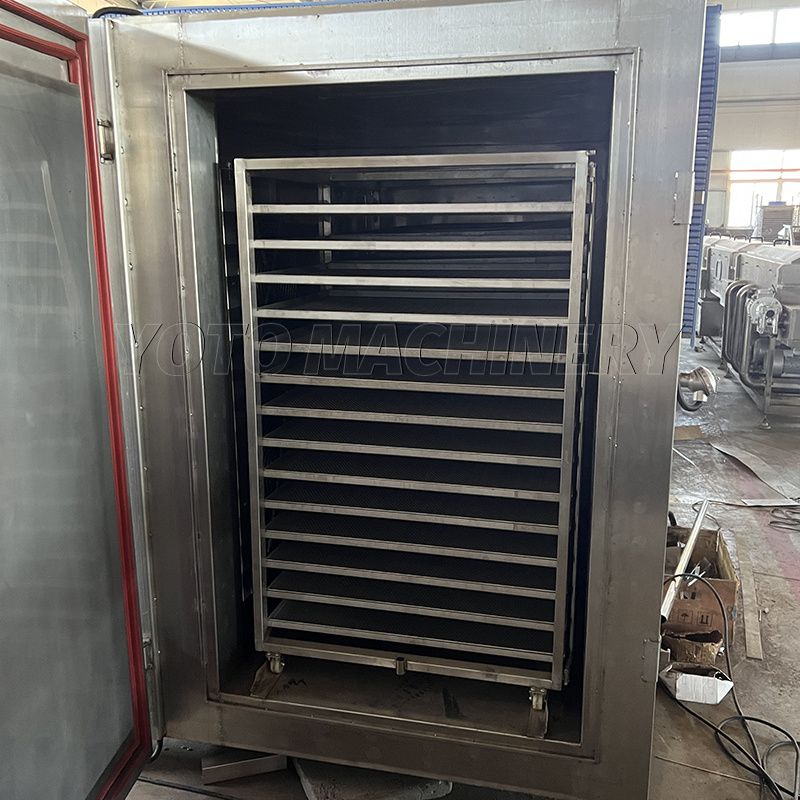
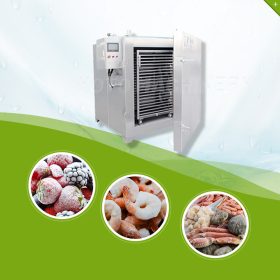
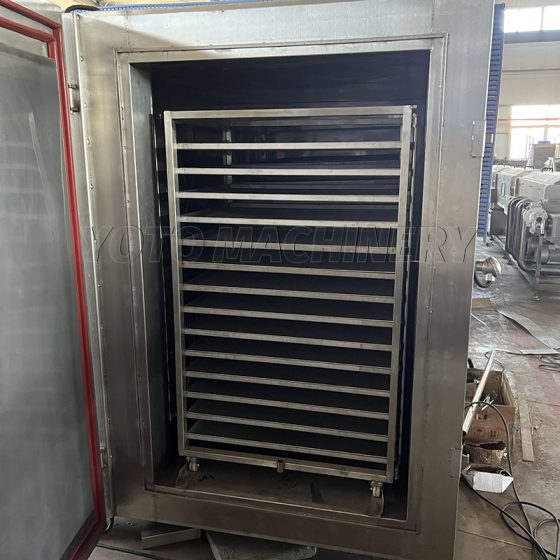
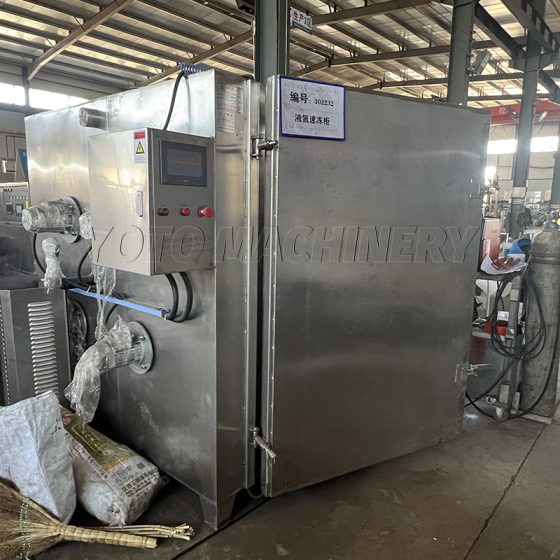
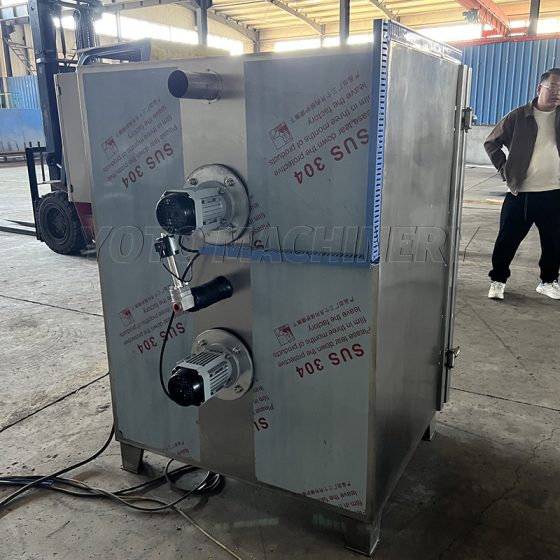
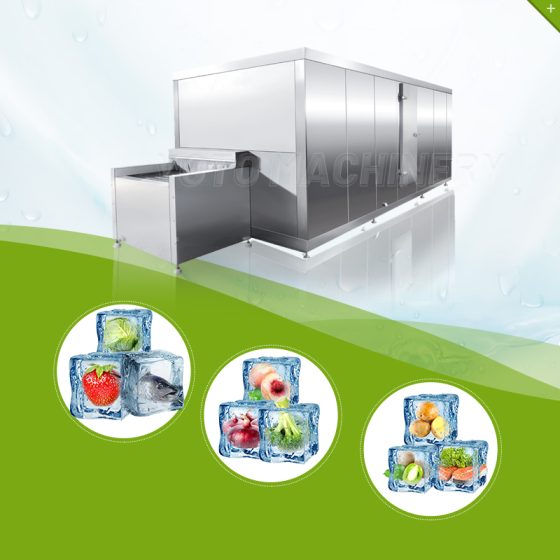
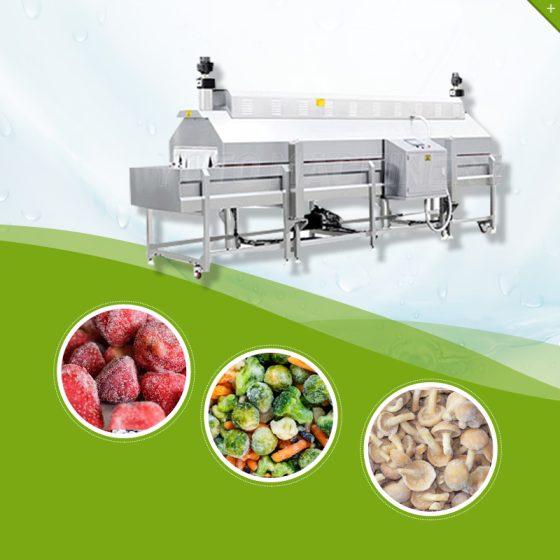
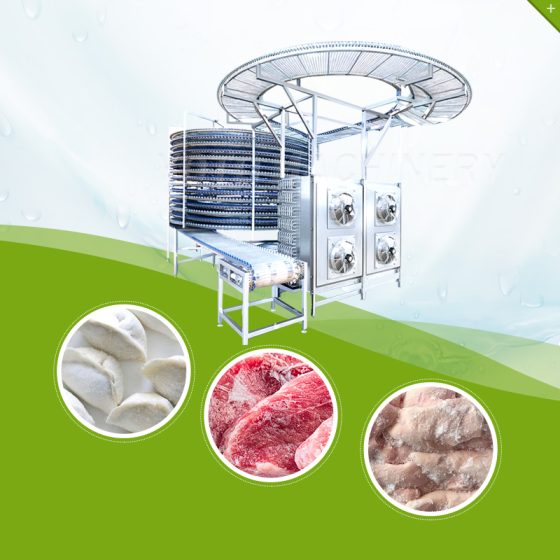
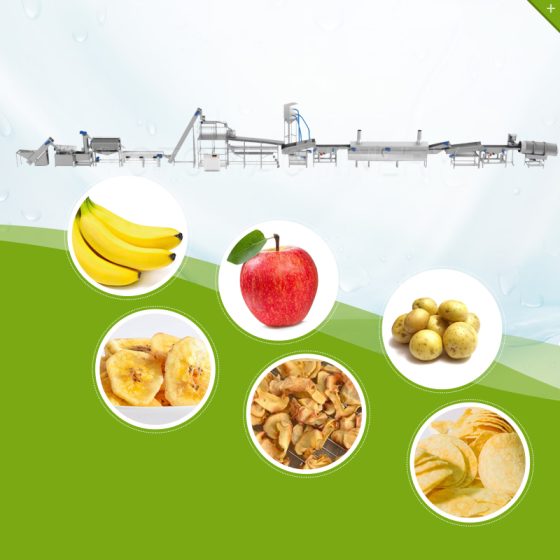
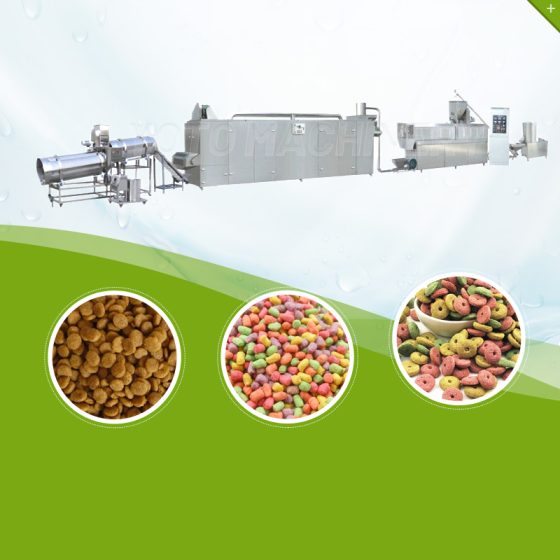
Chère équipe du service client,,
J’apprécierais vos conseils pour choisir l’armoire de congélation adaptée à mes besoins. J’envisage à la fois des modèles à l’azote liquide et à l’air comprimé, mais je ne sais pas lequel serait le mieux adapté à mon application spécifique.
Pourriez-vous nous donner quelques informations sur les avantages et les inconvénients de chaque type de? Je vous serais reconnaissant de toute recommandation que vous pourriez avoir.
Merci d’avance pour votre temps et votre aide.
Sincèrement,
Abdulrazzaq
J’ai besoin du prix de la machine de congélation à l’azote